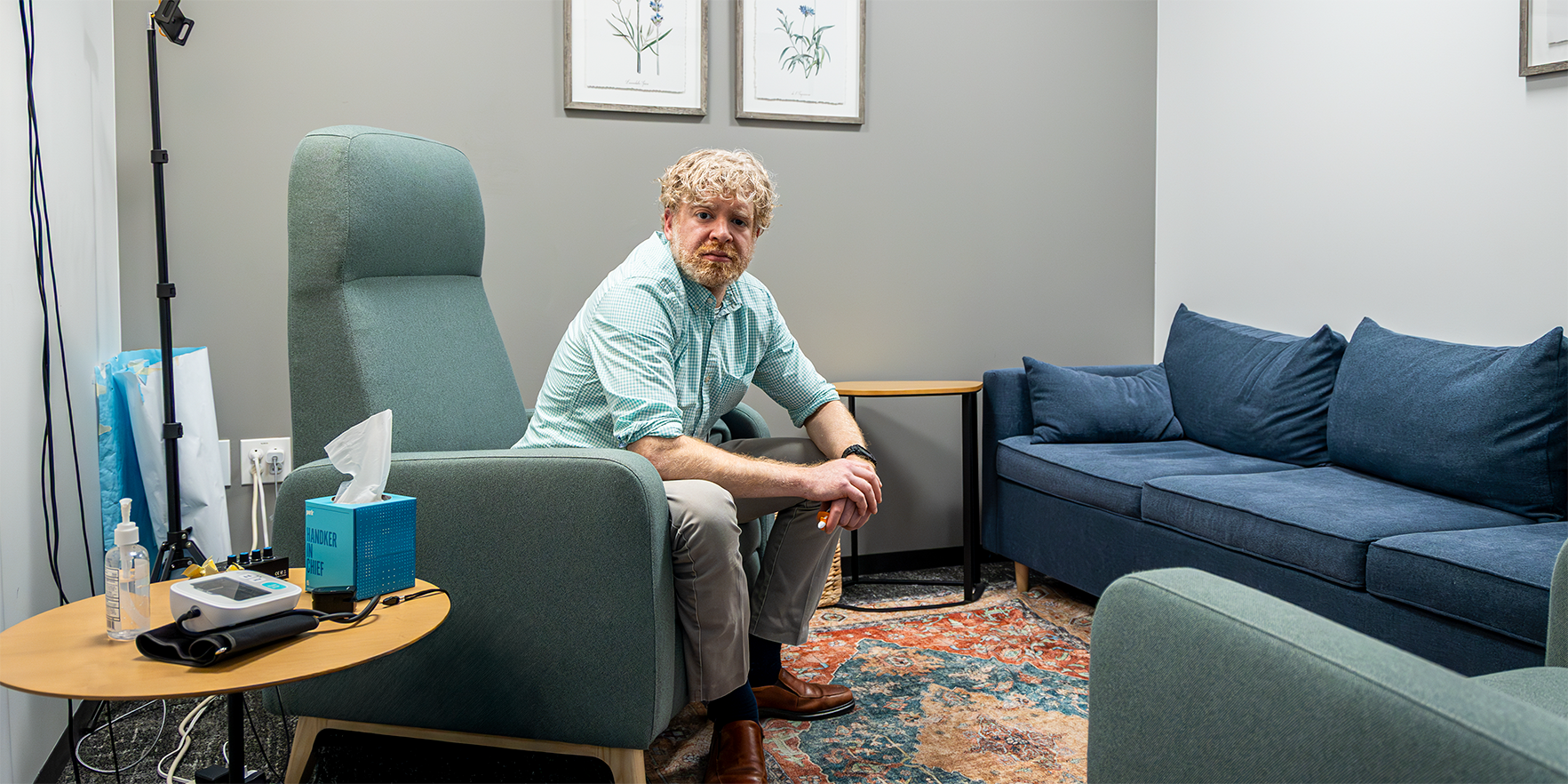What are some of the warning signs for suicide?
Warning signs include a person talking about wanting to die, feeling trapped or hopeless, ways to die, or feeling like a burden. Other warning signs are increased use of drugs or alcohol, changes in behavior (anxiety, angry, agitation; or sadness and withdrawal), or changes in sleep (too much or too little).
What is the most common misconception society holds regarding suicide?
People often think suicide is inevitable – but it’s not. We know from research that most people with thoughts about killing themselves – and around 90% of those who attempt suicide and survive – don’t die from suicide. There is hope!
As an ER doctor, you unfortunately encounter people often who have tried to take their lives or are having those thoughts. What are some of the most common reasons you hear from people?
Often there is an underlying biological cause – like depression or bipolar disorder – that can be treated with medications and therapy. Addiction or misuse of alcohol or drugs can also play a role. But situational factors are often the precipitant: a break-up of a relationship, loss of a job, money or housing troubles are some examples.
What happens in the ER when patients arrive who have attempted to take their life or are thinking about it?
In the ER, we look for and treat serious medical or physical illness or injuries that might be from an attempted drug overdose, or from substance intoxication, or from self-harm behaviors like cutting. We ensure the person has a safe environment while they’re in the ER, and we ask questions about their current feelings, their mental health history, and precipitating factors like social stressors.
We often ask a behavioral health specialist – typically a specially trained social worker – to spend time with the patient to assess their risk and help determine whether the person would benefit from hospitalization at an inpatient psychiatric facility. If the patient is deemed safe to go home, we generally work with them and their families to make a plan for ongoing care – what to do at home, when and where to follow-up with an outpatient provider, and how to make their home safer (like by locking up firearms and medications).
Have you seen a shift or an increase in suicides or suicidal ideations since the pandemic?
We were worried about a big spike in suicide deaths during the pandemic, but thankfully, it seems like that didn’t happen. There was certainly an increase in anxiety and stressors during the pandemic, but there was also more awareness of, and acceptance of, talking about mental health, which may have mitigated a spike in deaths.
When someone takes their life, a friend or family member is 65% more likely to attempt to take their own life than if that person were to die of natural causes. What are some steps we might be able to take to reduce that chance?
It’s really important for people to know that they’re not alone, and that they’re not the only one experiencing the grief, anger, or other complicated emotions that can follow a suicide. Families and friends need places and people to process those feelings with; that might be one-on-one with a clinician, or in a support group, or with a survivor support organization.
You do a lot of work surrounding gun safety. Talk a little about that and why that’s important when it comes to those thinking about taking their life.
Firearm access during times of suicide risk increases the likelihood of death. The gun doesn’t cause the suicidal thoughts or attempts, but if someone uses a gun in a suicide attempt, there’s a 90% chance they will die, which is much higher than any other method. But suicidal crises can be short and feelings pass, so putting time and space between an at-risk person and a gun can save lives. It’s not about gun control, and it’s not political – it’s about keeping loved ones safe during tough times.
There’s a lot of pressure put on the loved ones of these individuals to get guns out of the home if someone is struggling. Can you touch on that and discuss how they might be able to do that and where they should go?
Firearms can be stored with trusted family members or friends, though state regulations differ (in Colorado, firearms can be transferred to immediate family members without background checks). Also, they can be stored voluntarily at firearm retailers, ranges and law enforcement agencies. There’s an online map showing places in Colorado willing to consider storage; it’s a good idea to call ahead before taking guns in.
What advice would you give to medical professionals who are working in any space if they run into a patient who is having thoughts of taking their own life or whose family members are worried about it?
Ask directly about thoughts, plans, or actions related to suicide, and then get the person to the help they need (which will vary based on the medical professional’s role). The same is true for the medical professionals you work with – we need to look out for our care teams!
How do you see the tide turning on the way we approach mental health and mental health issues?
Younger generations are much more open to talking about mental health and seeking care, which is a positive change compared to prior generations.
Finally, what are five steps we can take to help prevent suicide?
-
Be aware. Know the warning signs for yourself and others, and know where to get help (call 988).
-
Be brave. Don’t be afraid to ask a friend if they’re thinking of suicide – or to ask for help if you are. There are effective treatments and programs that can help!
-
Be safe. Reduce access to firearms during times of suicide risk. Keeping the environment safe while a person gets better can save lives.
-
Be an advocate. We need broader, easier access to effective, usable mental health care, and we need to reduce the stigma around mental health and suicide.
-
Be hopeful. Sometimes things seem overwhelming – especially when problems pile up together. Helping others find hope or finding hope for yourself, even if just for one more day, can be the difference between life and death.






